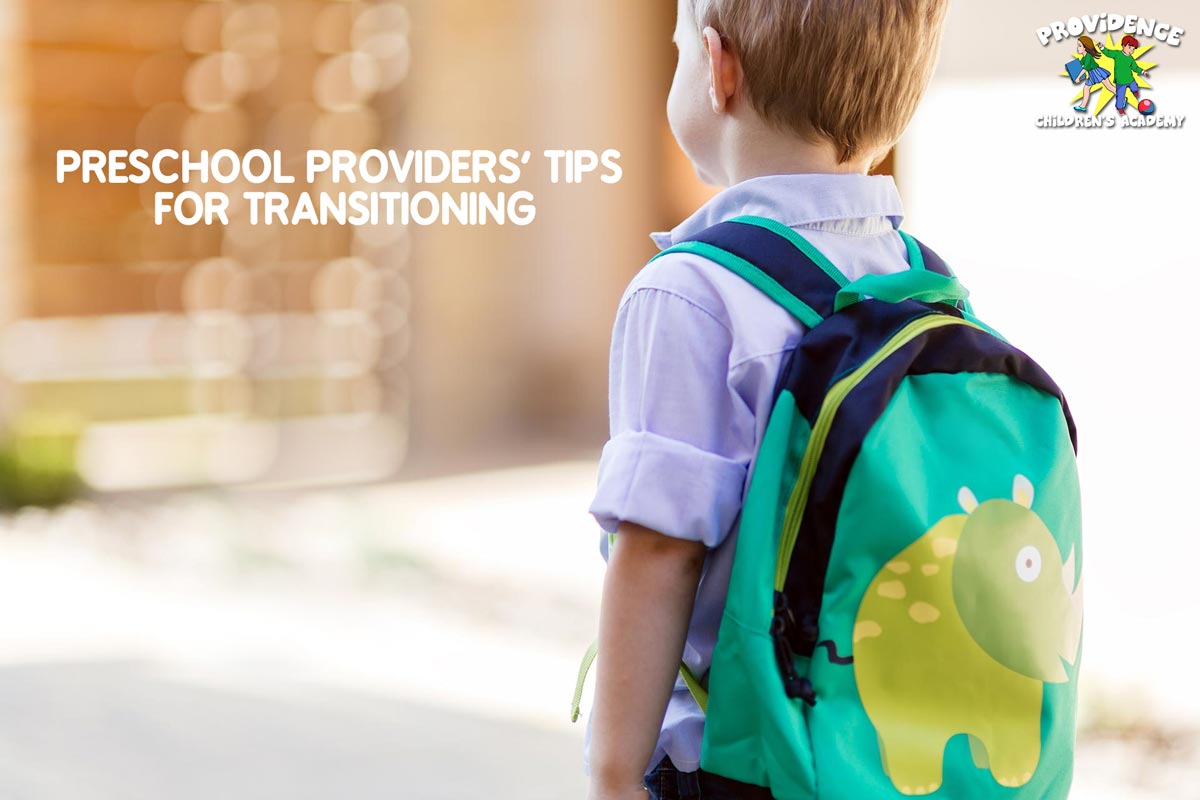
Many children will feel very scared on their first day of school. The concept of going to school for the very first time, or transitioning to a new school may be daunting, as the children will not know what to expect, nor how to behave in these unfamiliar environments. Some children who are going to Pre-Kindergarten (Pre-K) may not have experienced any sort of school environment at all, while children moving from Pre-K to kindergarten will be transitioning to a bigger school, with bigger children and new teachers – a potentially scary experience! But these transitions do not have to be so scary, because you can use these strategies from preschool providers that can help make transitioning less stressful and easier for your child!
- Know that Children of Different Ages and Developmental Stages React Differently to New Environments
Firstly, it’s important to know that your child will differ developmentally to other children, even if they are of the same age. Children between the ages of 3 and 6 generally differ greatly in terms of development so they might require different strategies to help ease their transition into their new school environment. This is likely to raise the question: how do I know what age my child should be going to preschool, if they all differ developmentally? If you feel uncertain about how old your child should be to enroll in preschool, then take a look at our article on the best age range for starting preschool. The same concept applies for Pre-K and Kindergarten. Knowing if your child is developmentally ready for preschool or kindergarten is very important, as it can make a big difference for their transition.Many children, regardless of developmental stages, may cry or whine when they leave home. Some children try to use distractions to delay the act of going to the new school. Some may throw full-blown tantrums when they feel overwhelmed, or actively try to manipulate and negotiate with their parents to stay home. Do not worry if your child shows these behaviors – they are normal! Luckily, preschools, Pre-K and Kindergarten schools usually keep this in mind, and are designed to have a school system with good teacher-to-student ratio. This means that teachers will be able to pay individual attention to your child and assist them in their transitions. They will also take into account their developmental stages and temperaments to make it easier for your child to transition to their new environment.
- Speak to the Teachers
Speak to the teachers and ask them for some advice on how best to prepare for your child’s transition. Many experienced teachers can offer unique advice that they have gained from their own experiences with children in the classroom. Should you have any specific concerns, ask them what you can do to help ease your concerns and assist your child. Every child is different, and therefore will react differently when put into new situations and environments. Some children, for example, are likely to have toilet accidents or setbacks in potty training when they are introduced into a new environment. If you are worried about this, do not hesitate to ask the teachers for advice on how to reduce such accidents. Keep in mind that the teachers can only help with the transitioning process within the school environment, so it is up to you to do the rest outside of the school environment! - Create Learning Activities and Routines for Your Child Before School Starts
Think ahead and plan to implement some routine changes at home, preferably in the year before school starts. Children need time to learn how to adapt to new situations. Here are some activities and tips that you can use in advance to help ease their transition into school:- Help your child develop skills to cope with the unknown, by playing new games with them, or taking them to unfamiliar environments to let them get used to unknown situations. You can take them to visit family relatives, friends, or to recreational environments like parks.
- Read for a few minutes to your child every day to help them develop listening skills and attentional focus skills. Adapt to their attention span, if they can hold their attention for longer than a few minutes, then read a bit more!
- Implement routines that can fit into the school system for your child. For example, if your child is moving to Kindergarten in the following year, then start to decrease naps towards the end of this year so that your child can be ready to adjust to a school system.
- Start setting expectations and responsibilities for your child. Your child should learn some independent behaviors that their teachers may expect them to already know. For example: a child that is going to preschool should know things like potty training, or packing away the toys that they play with etc.
- Go and visit the school a few times with your child before they enroll, to allow them to get used to the school environments.
- Observe how your child reacts to new situations and talk to them about how they feel in these situations. Should they feel nervous, allow them to express their emotions and provide them support. Reassure them when they feel uncomfortable, it is important for children to feel able to talk about their feelings openly and express their emotions should they feel the need.
As a preschool and VPK provider, Providence Children’s Academy knows how to make children feel safe and comfortable and will be able to assist in your child’s transition. Do not hesitate to contact us if you need additional information!
